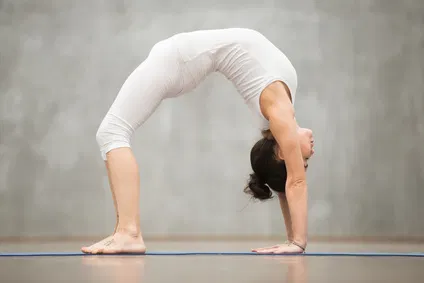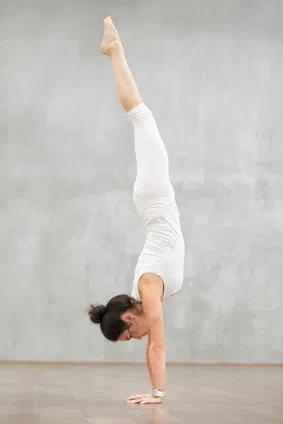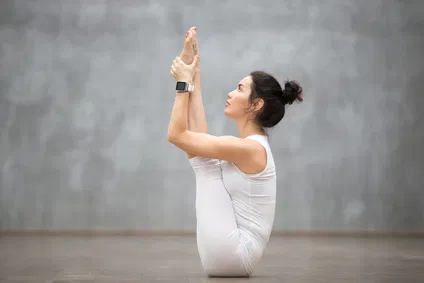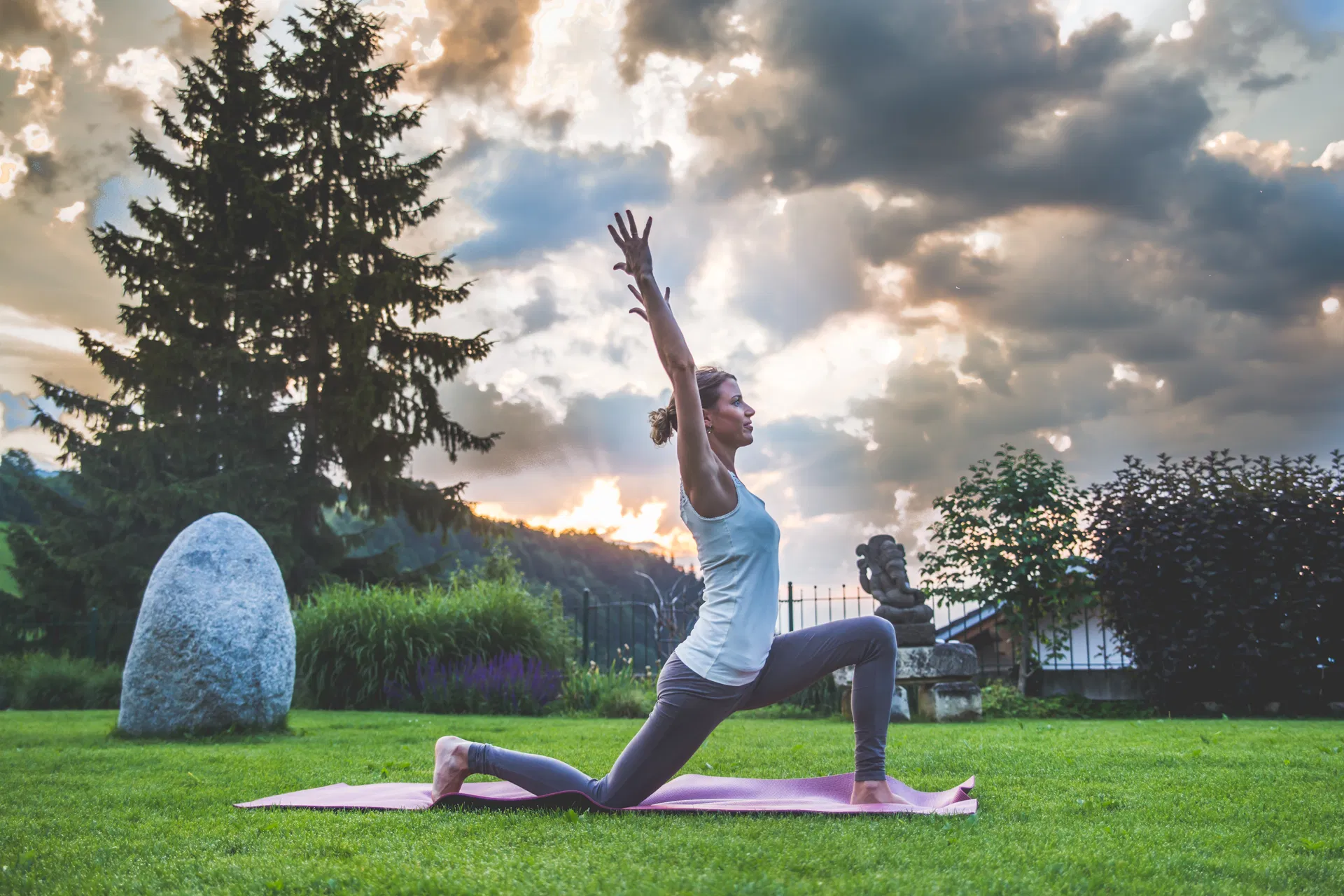Ashtanga yoga focuses on strength, speed and endurance and sometimes takes students to their physical limits. The yoga style is not called the hardest yoga style without reason and offers support in getting the body in shape, but also calming the mind at the same time.
Ashtanga is thus a real power workout that has been successfully practised in numerous studios and training rooms for many years. But why is this demanding style of yoga so popular and for whom do the exercises represent the right choice?
Power Yoga for a strong body and mind
Ashtanga yoga is also known as Raja yoga, among other names, and is generally regarded as an extremely demanding and hard yoga style that quickly pushes beginners in particular to their limits.

Ashtanga focuses on tempo, speed and strength and is traditionally taught according to the strict rules of the original Indian teachings.
Translated from Sanskrit, the term Ashtanga is understood to mean "eight limbs". Therefore, the style is also described as an eight-limbed path.
In the West, the yoga style was able to gain a foothold through the yogi Sir K. Pattabhi Jois, who was able to establish the style in Western cultures, such as the USA or Australia, especially in the 70s and 80s.
Since then, the very body-emphasising yoga style has been considered a popular alternative among students who want to shape their bodies and release energies. Many celebrities such as Madonna or Sting also ensured that Ashtanga gained popularity.
This is how Ashtanga Yoga is practised
Often a simple glance into the yoga room is enough to notice the differences that distinguish Ashtanga from other yoga styles.

Predefined Ashtanga sequences with increasing difficulty and the correct breathing rhythm form the foundation of the exercises. These are strictly prescribed, but are always performed by the students at their own adapted pace.
The aim is to warm the body from the inside out in order to detoxify the body and at the same time release possible energy blocks. At the same time, the aim is also to achieve improved blood circulation and to build up strength and endurance step by step. Another pleasant side effect: the body is strengthened and shaped and the mind is calmed.
Many yogis resort exclusively to the first Ashtanga Yoga series when training, due to the difficulty of the remaining sequences. These exercises are sometimes very challenging and require a certain amount of experience in order not to put the body in danger and to keep the risk of injury low.
Ashtanga is therefore not only a real power workout, but also a little challenge at the same time - even for students who have been active for some time and have tried different styles.
Who is the hardest yoga style for?
Ashtanga yoga is an unusual style among the numerous yoga teachings and therefore appeals primarily to students who want to try out a new alternative and want exercises that focus on building strength and endurance. Effectively, the body is shaped, energies are released and weight is reduced.

At the same time, however, students with knee problems must take into account the high risk of injury that can sometimes occur in Ashtanga Yoga due to the very demanding postures. In the case of possible back problems, on the other hand, the yoga workout can do wonders to relieve tension.
Basically, experienced students in particular can find a demanding new challenge with Ashtanga Yoga. However, this is less true for inexperienced participants, who are usually recommended an intensive beginner's training. This is now offered by many yogis.
In fact, however, Ashtanga Yoga does not only receive positive reviews within the yoga community. There are also critics who associate the style with a high risk of injury due to the speed, complicated exercises and challenging jumps. Even experienced students quickly reach their limits with the exercises and, in the worst case, are confronted with strains or knee problems.
It is therefore all the more important to practise Ashtanga Yoga exclusively under the supervision of an experienced yogi, which is something that students who have had little experience with other styles should take to heart.
Conclusion
Strength and endurance as well as speed and sometimes complicated exercise sequences are the focus of the hardest yoga style. However, it is not without reason that Ashtanga has been so immensely popular among numerous students for many decades. The style is exactly the right choice if you want to strengthen your body specifically, reduce weight and increase your fitness.
Beginners must, however, be aware of the high risk of injury associated with Ashtanga exercises. Complicated jumps, a high tempo and difficult posture exercises take their toll, which without the support of a yogi can be reflected in the form of strains or other injuries. It is therefore important not to overtax one's own body and to pursue exercises that correspond to one's own level of performance. After all, the option to increase yourself and the challenge is still open to you later.





